Philly On Film! - Volume 2 - The Philadelphia Navy Yard
Hey there! Welcome back to 'Philly on Film!'. If you missed my inaugural post, check it out on my blog. This week took us to The Philadelphia Navy Yard, a 1200-acre campus located at the southernmost point of the city on League Island.
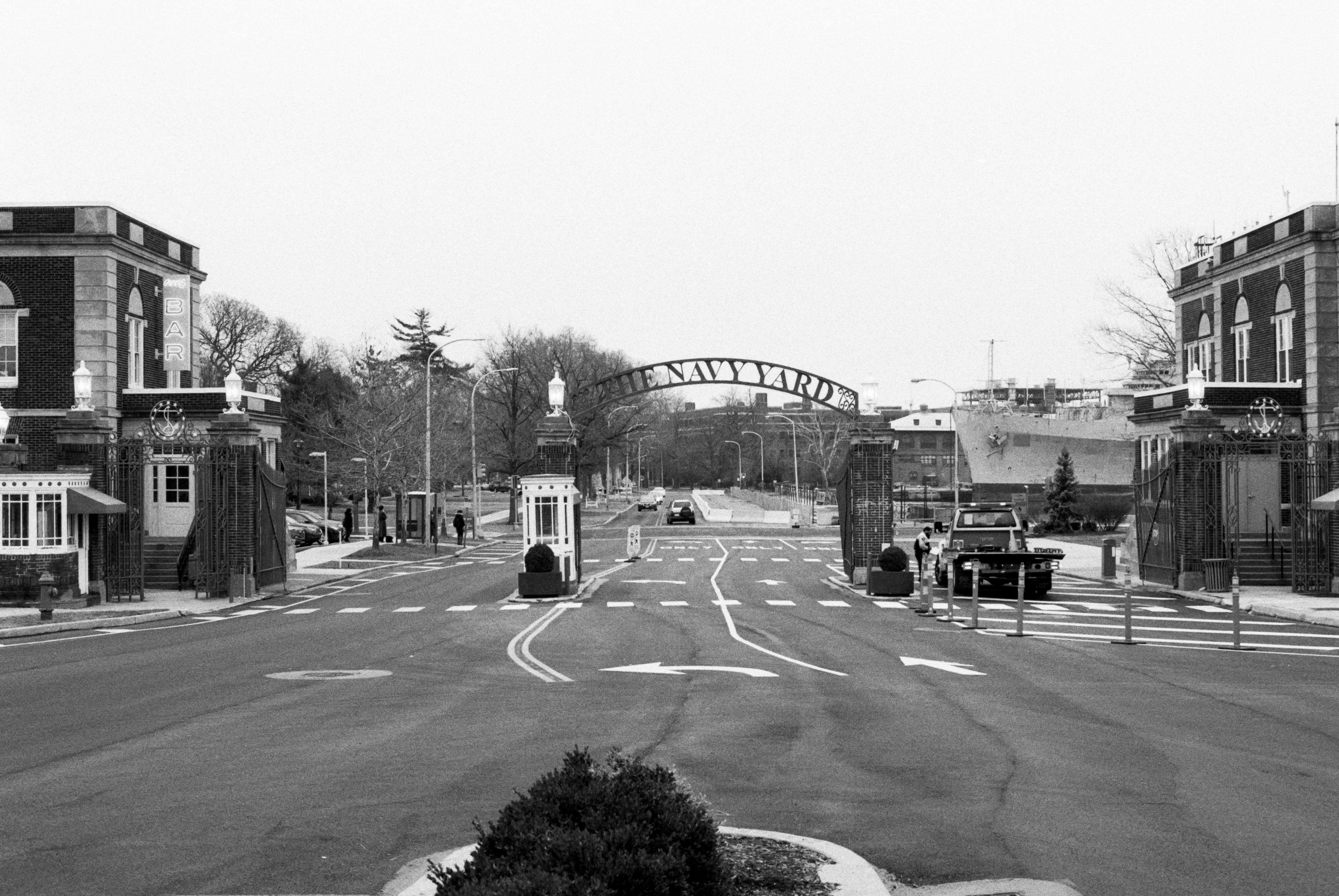
It was another gray Monday for Rish and I as we made the public transit trek to the Navy Yard. The Broad Street Line took us to its last stop at AT&T Station, where we continued our journey on foot for another 10 minutes. I've worked at the Navy Yard once or twice, but had never taken the time to fully explore its grounds. I wasn't sure what to expect, and that feeling of apprehension and mystery never quite left.
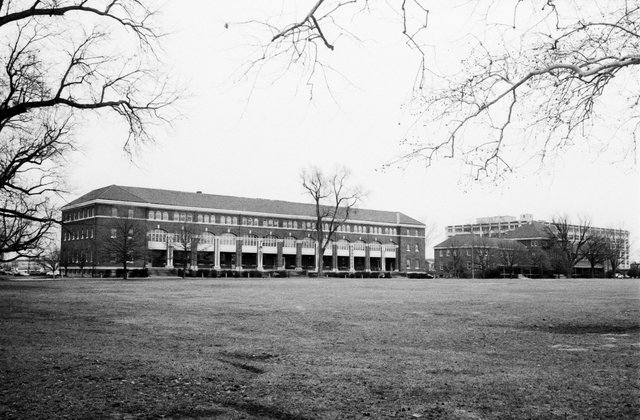
Philadelphia is the birthplace of the U.S. Navy. In 1801, not long after George Washington signed the Navy into existence, it officially opened its first shipyard further up the Delaware River at Front & Reed. The Southwark Yard, as it was called, operated through the American Civil War but, due to increased competition from newer and better-equipped sites, it closed in 1876.
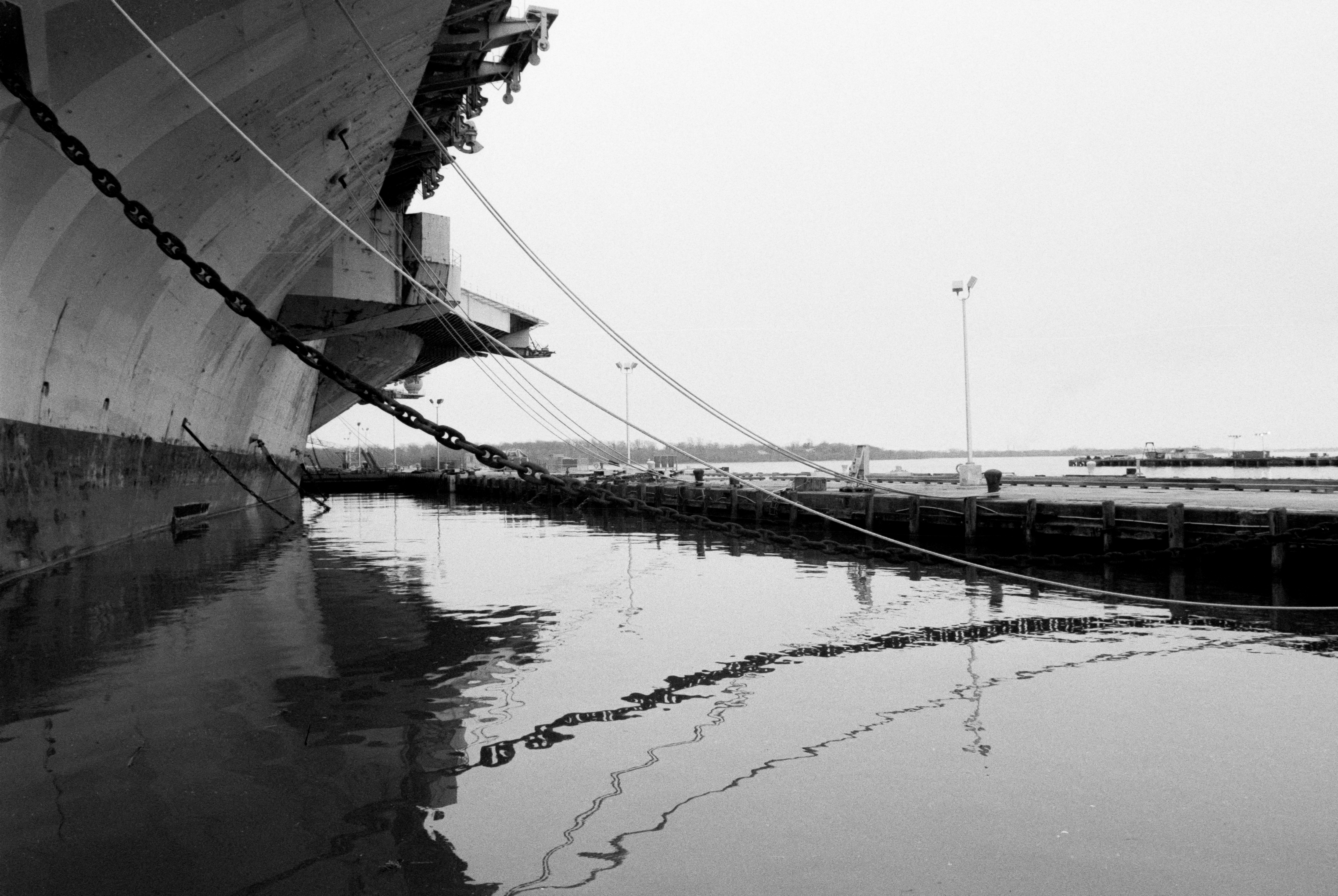
After purchasing League Island from the city of Philadelphia in 1868, the Navy established its new location, The Philadelphia Naval Shipyard. It would operate continuously for 120 years, seeing its peak during World War II, when over 50 ships were built and upwards of 1,000 were repaired. By 1970 it had completed its last ship, the Blue Ridge; in 1996, it officially closed its doors and ownership was transferred back to the city a few years later.
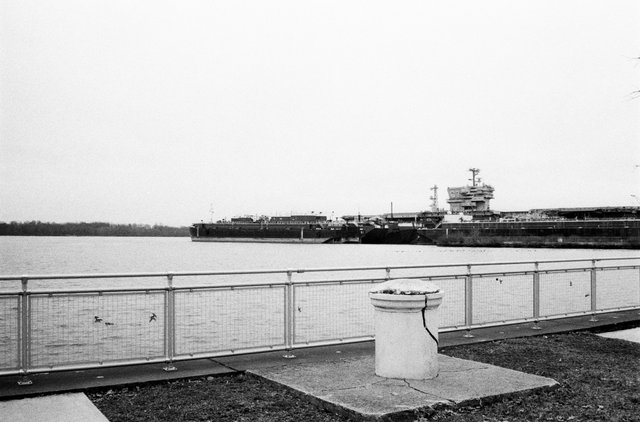
Today, the focus of the yard is on innovation and redevelopment. Several corporations have established headquarters there, including Urban Outfitters and Tastykake. However, there exists a strange juxtaposition throughout the grounds. Redevelopment has been slow, leaving behind many historic buildings to degrade next to brand new offices and shipping centers. The atmosphere is odd, like the spirit of the place has been torn in two without hope of reconciliation.
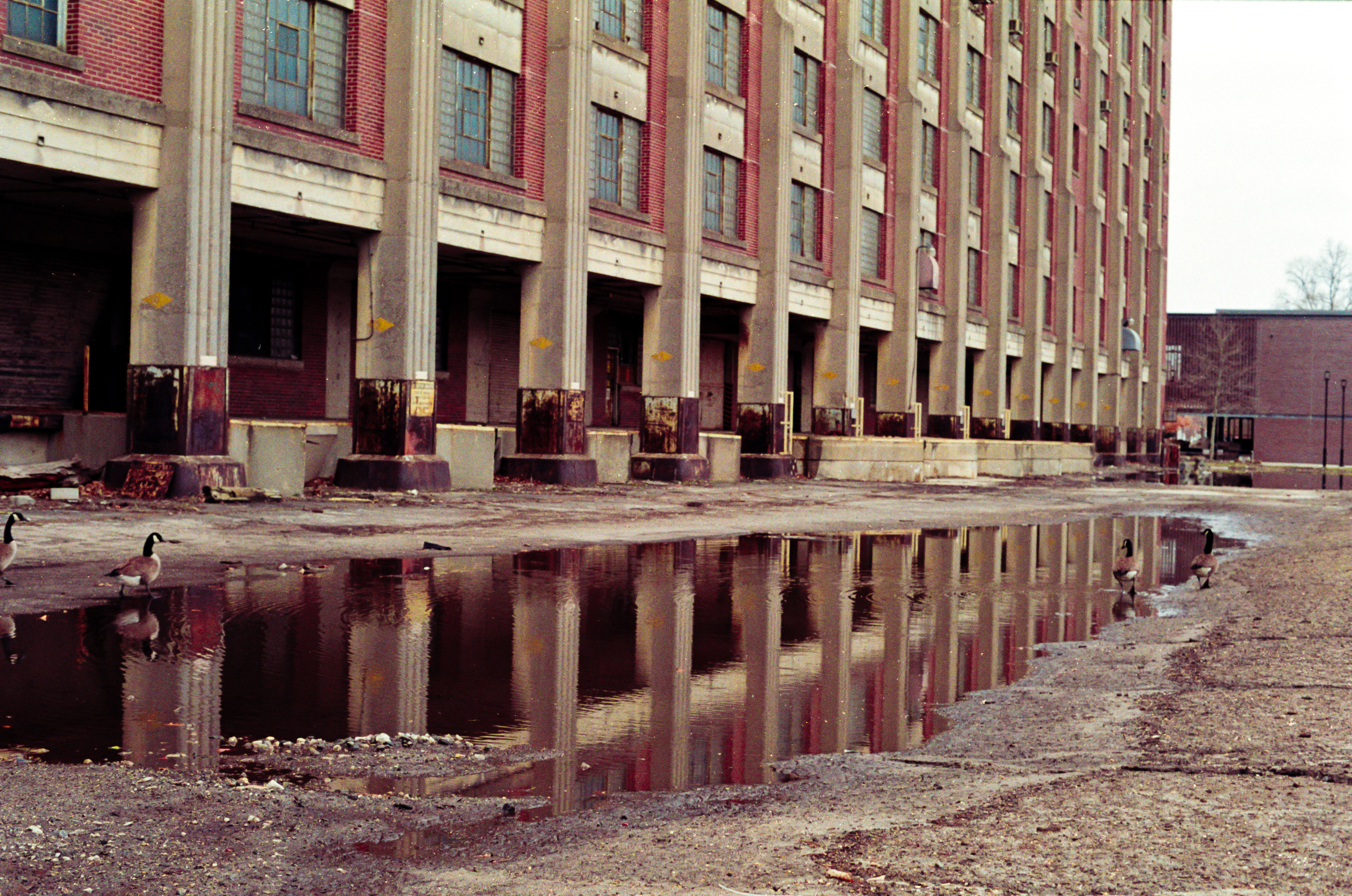

We began our exploration by following a waterfront path west as far as it would take us. We passed a few people on our way, including another photographer.
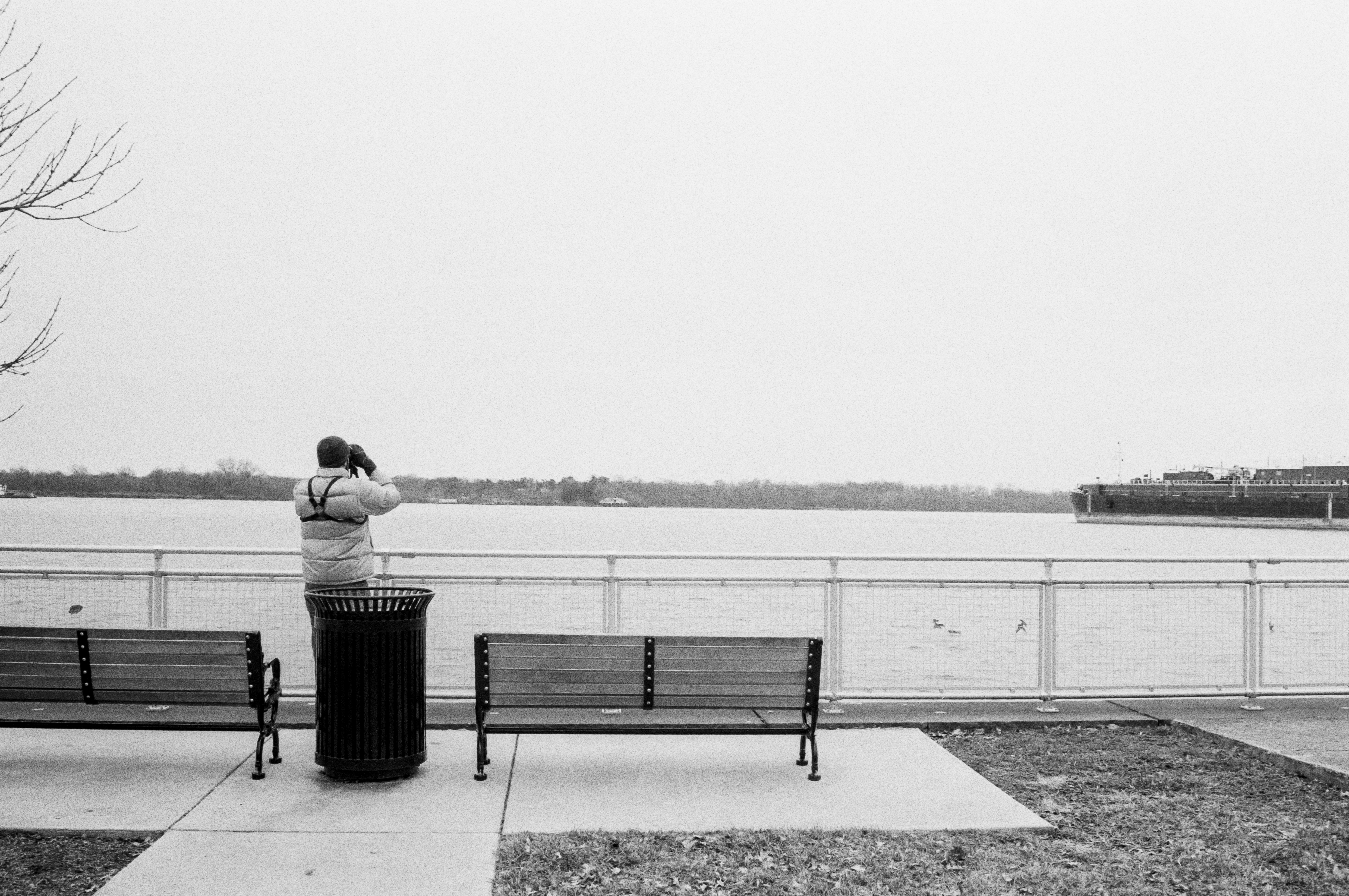

The path was well-maintained, with benches and garbage cans every hundred feet or so. Strange. There didn't seem to be much for the average person worth walking to. Eventually the path just sort of ended in a large empty field surrounded by chainlink fence. We made our way across the field and discovered, to our surprise, two blocks of abandoned rowhomes behind the fence.
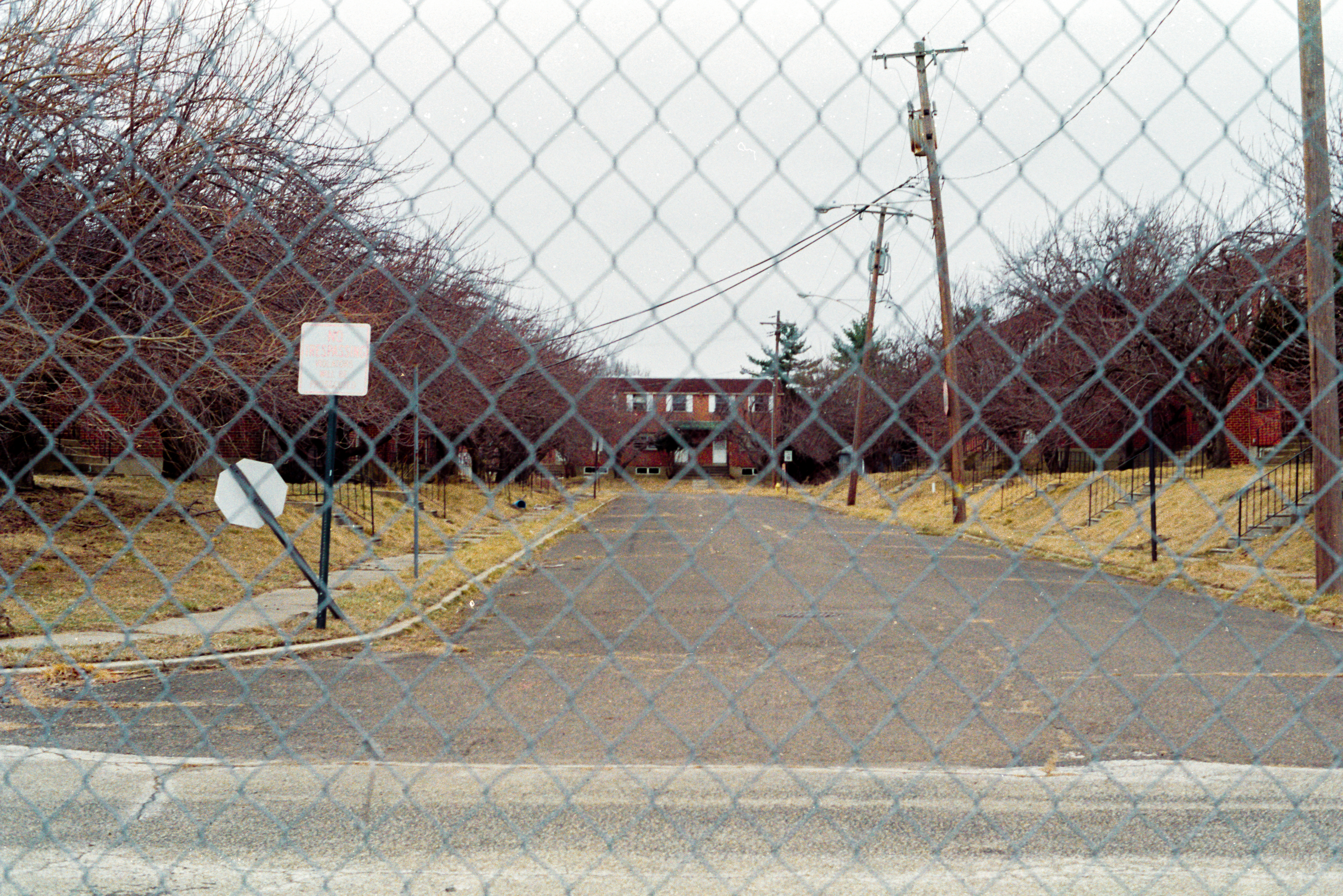
We're not sure who would have lived in such a place, but we speculate they may have served as residences for the families of naval officers working at the site. Regardless, it was clear we weren't welcome there.

Rish informed me at this point that we'd be joined by our friend Henry, so we started back towards the main area of the yard. As we passed an aging building, we paused to take some pictures.
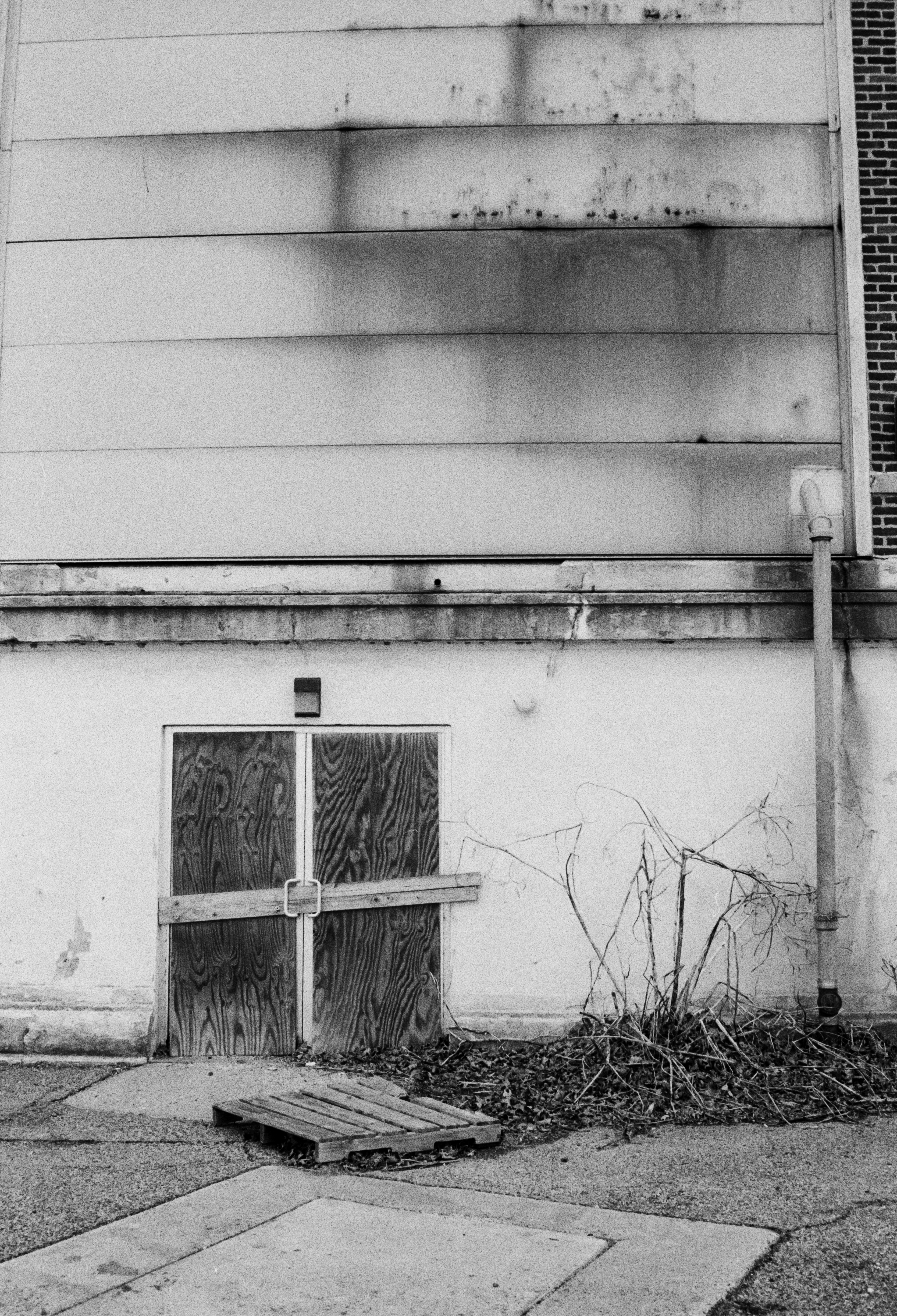

I wandered around the side, coming upon a small, overgrown lot that revealed something interesting: an open door.
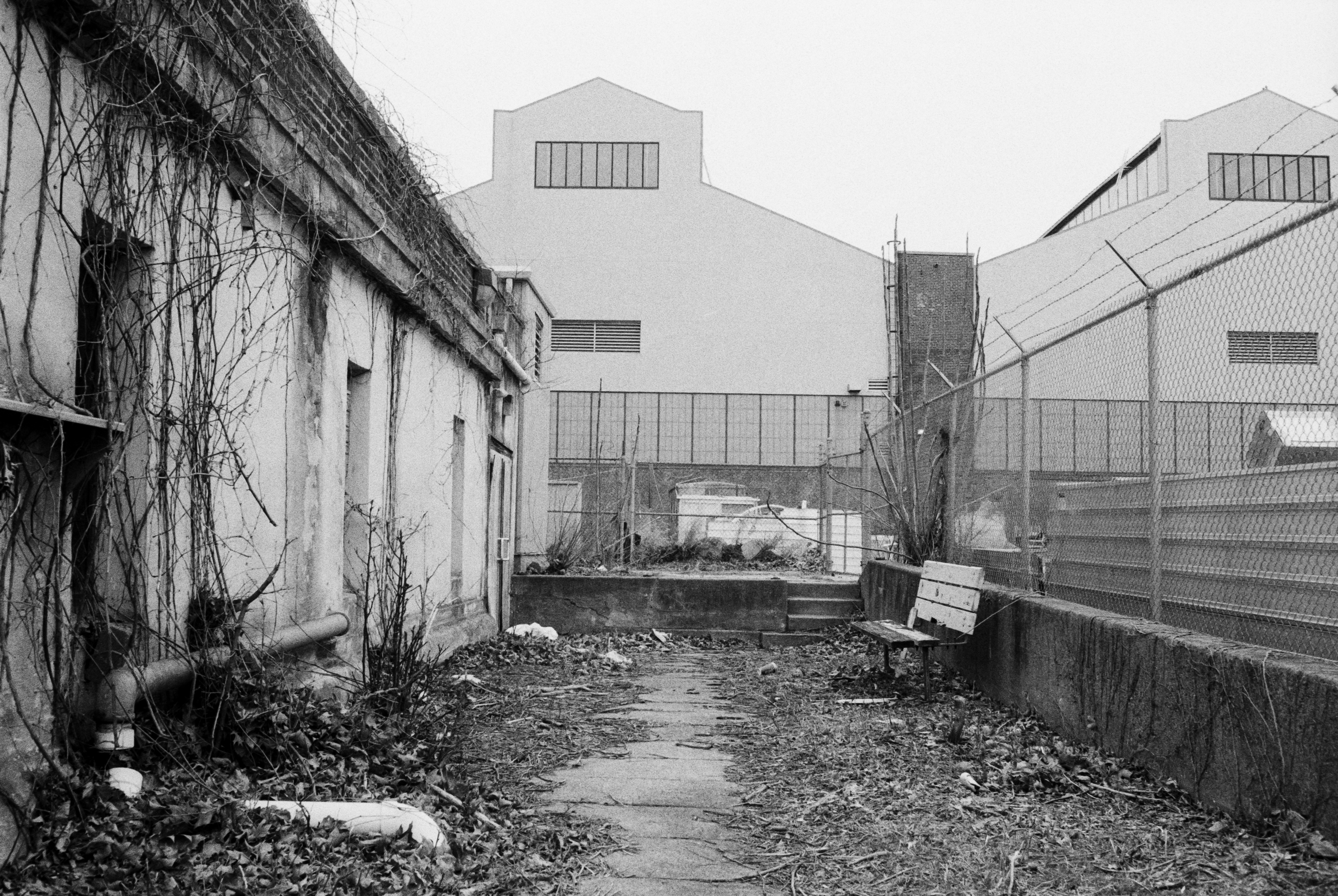
I tested it, pried it open a bit more, then called Rish over. After some deliberation, we decided to head in. Immediately, we were met with thick darkness, cobwebs, and an oppressive air. We flicked on our phone flashlights and took stock of the area. We were in a small entryway with three adjoining rooms, all filled with junk and detritus. Turning a corner, we found a staircase and made our way up. Seeing light towards the top, we hurried, eventually reaching a doorway that opened into a large, open space with some temporary offices.

Unfortunately, due to the dim light, the only establishing shot I could get was with a very wide aperture, giving me extremely small depth of field and resulting in a mostly out-of-focus image. Much of the ceiling had fallen in, the carpet was soaked through with water, and everywhere were signs of careless abandonment. Rish and I were quiet. For some reason, it felt appropriate to be respectful of the place.
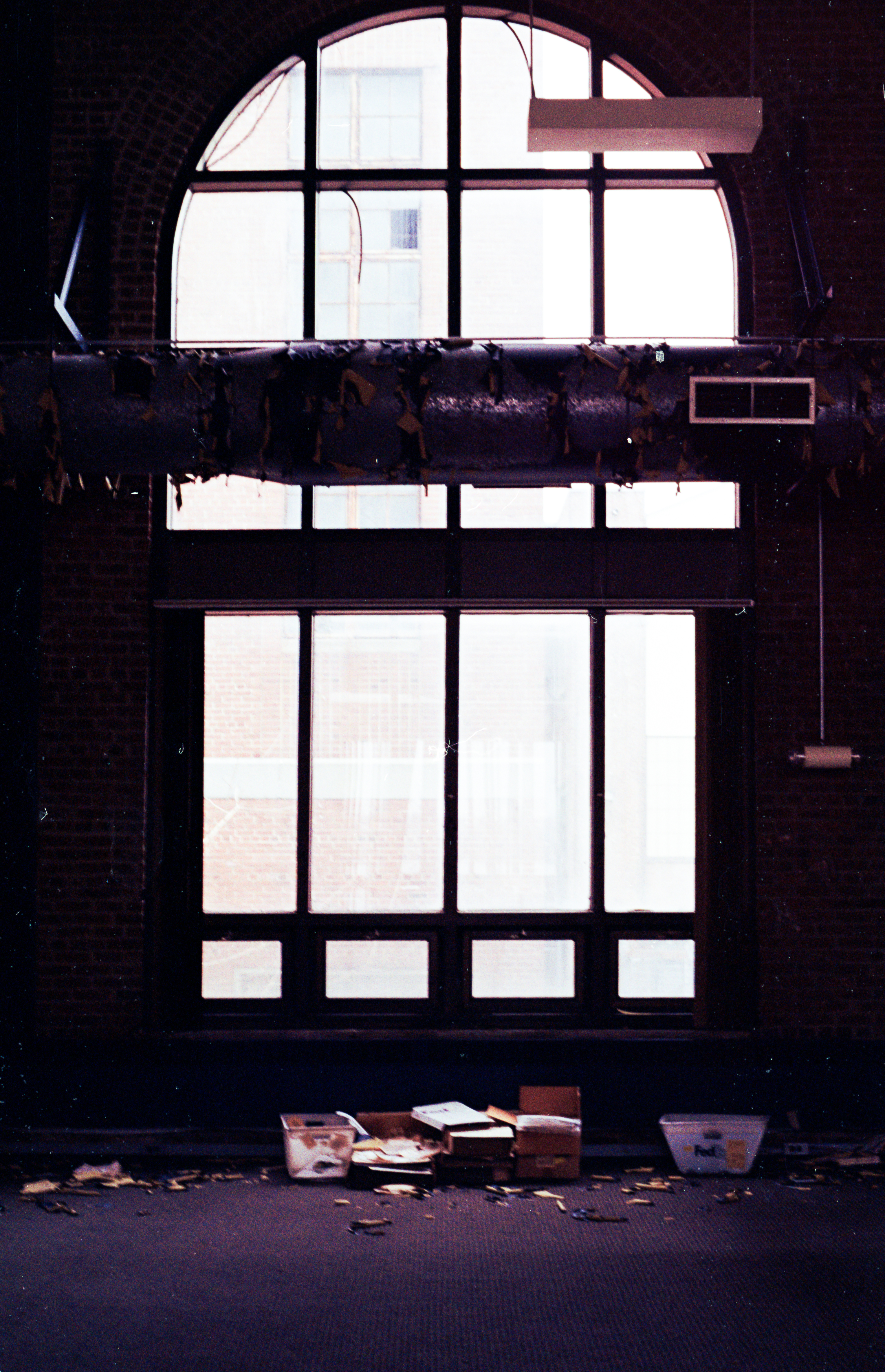

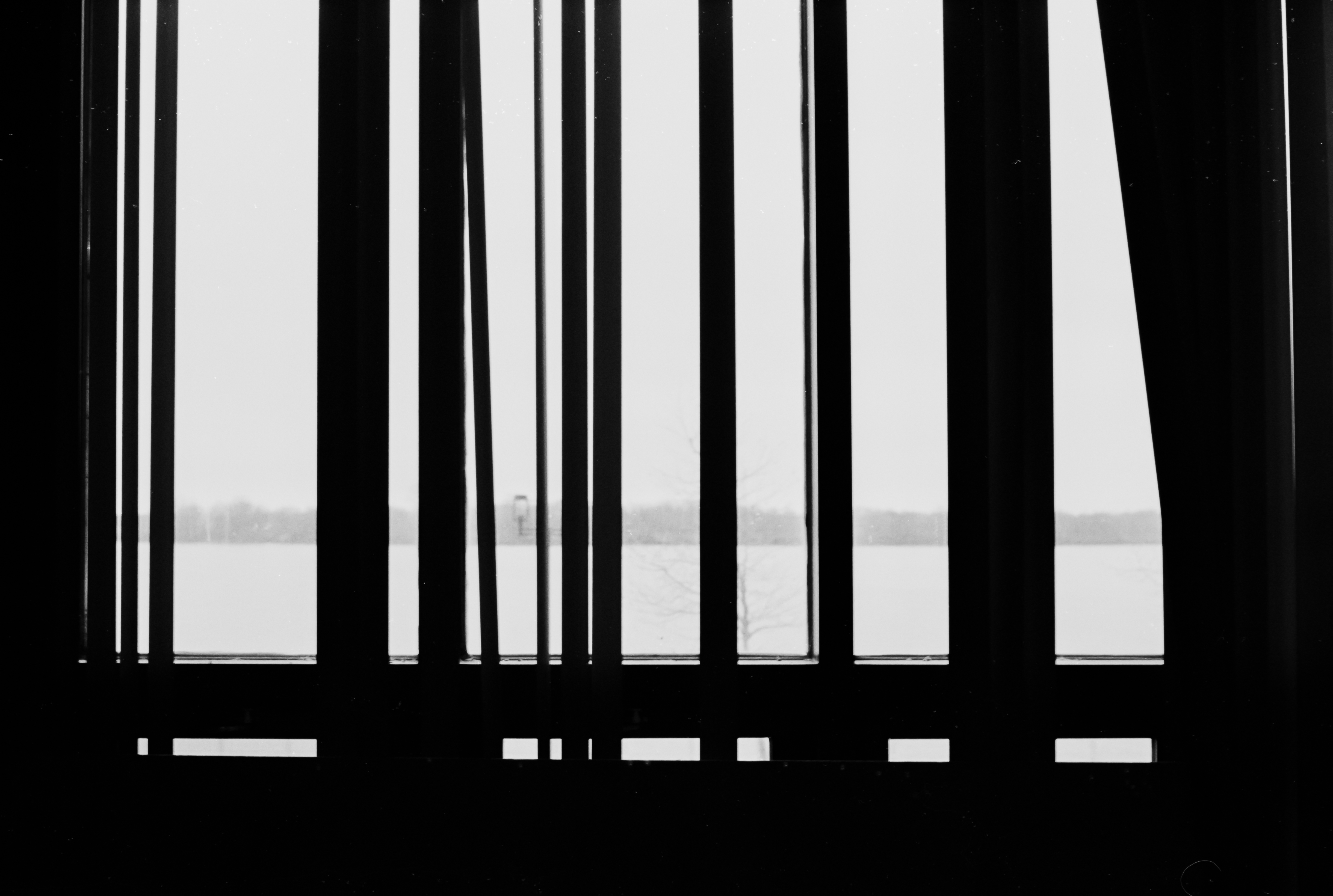

Satisfied, and a little creeped out, we went back the way we came and emerged into the murky daylight. After meeting up with Henry, we decided to check out the less-abandoned part of the Navy Yard, the east end, near the Urban Outfitters headquarters. An indoor parking garage with a bunch of cool geometry caught the attention of all three of us, and we spent a while taking pictures of the walls.
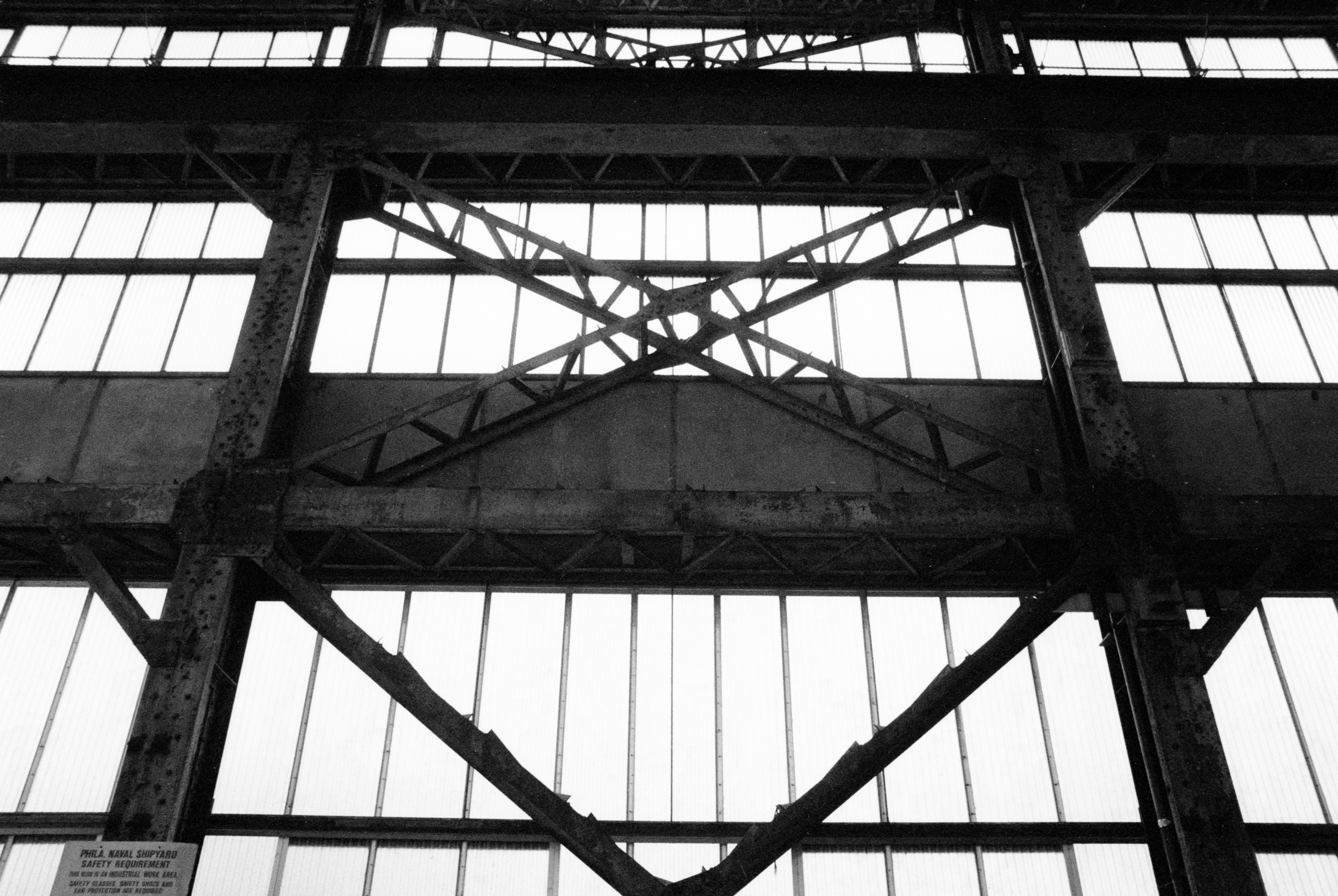
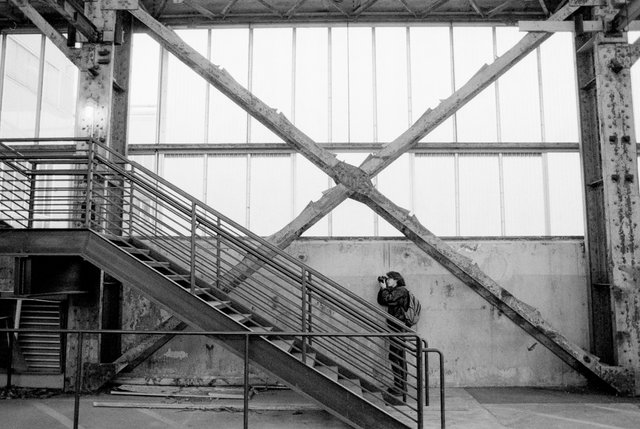
Despite the fact that the property is no longer owned by the U.S. Navy, it still maintains several different operations there. The yard is one of three Naval Inactive Ship Maintenance Facilities, and as such is home to many decommissioned vessels, including the U.S.S. John F. Kennedy, an aircraft carrier that enjoyed 40 years of active service before being placed on museum-hold and retired to Philadelphia.
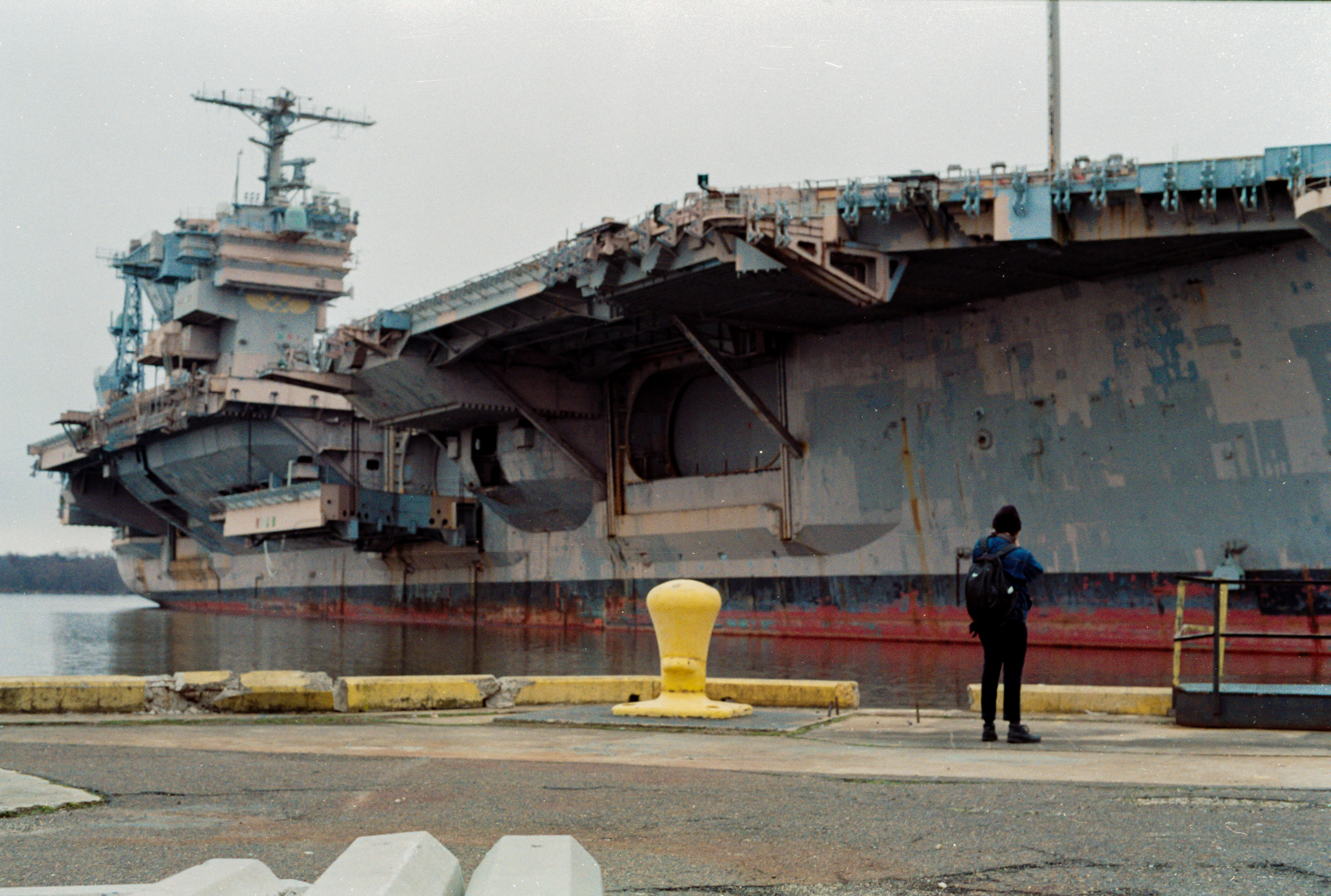
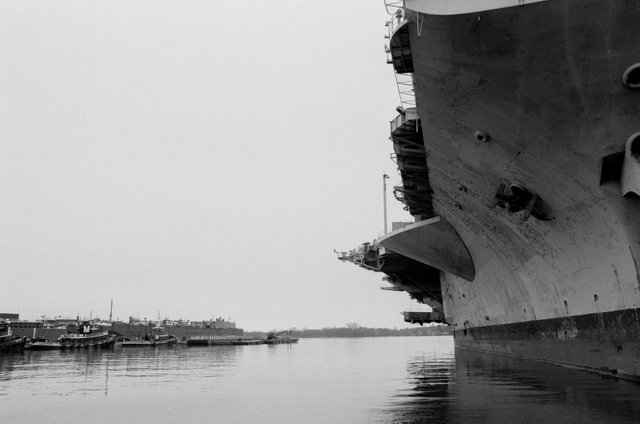
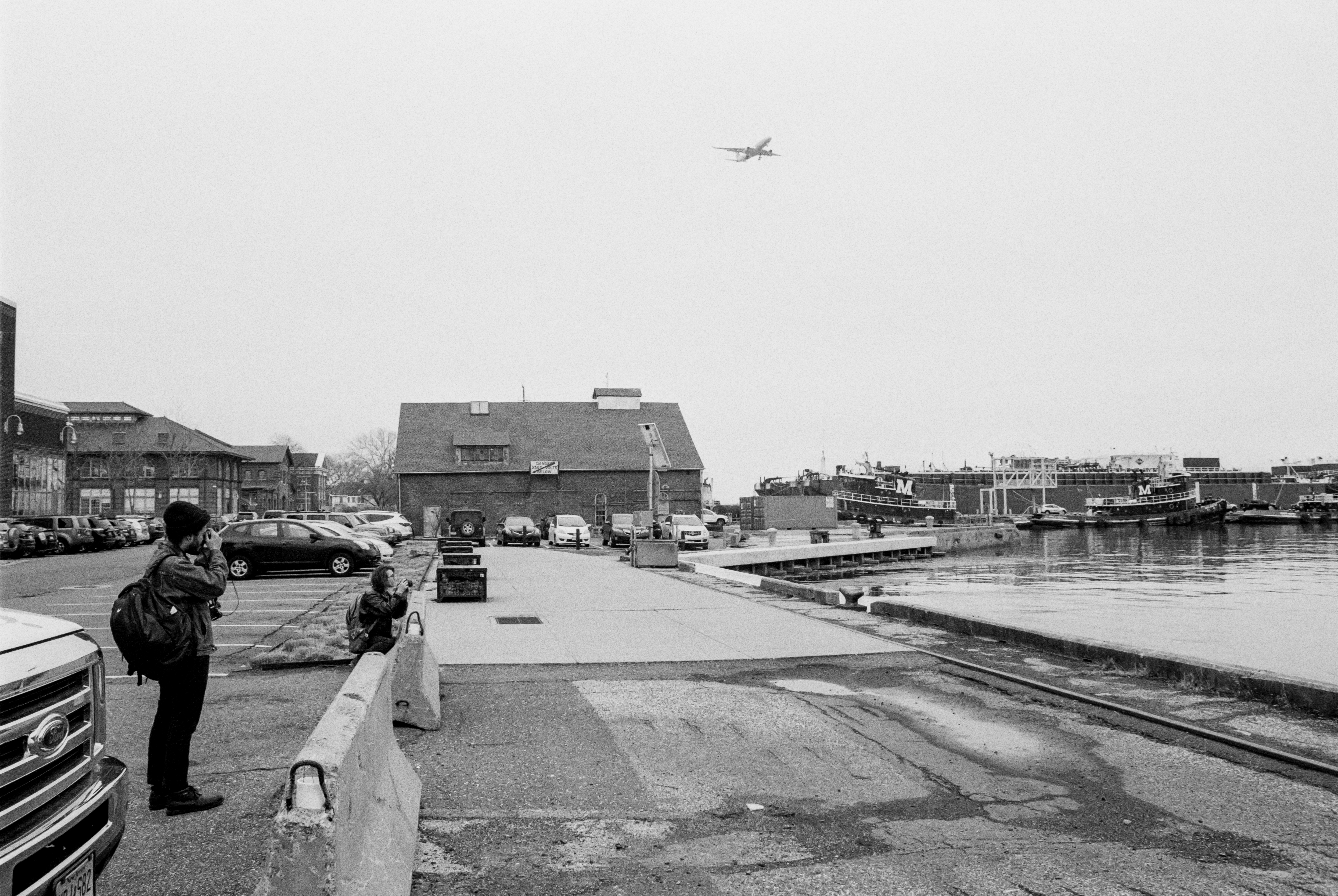
Three hours in, we decided it was a time for a quick siesta of weed and coffee. Fortunately, The Urban warehouses included a full food-court.
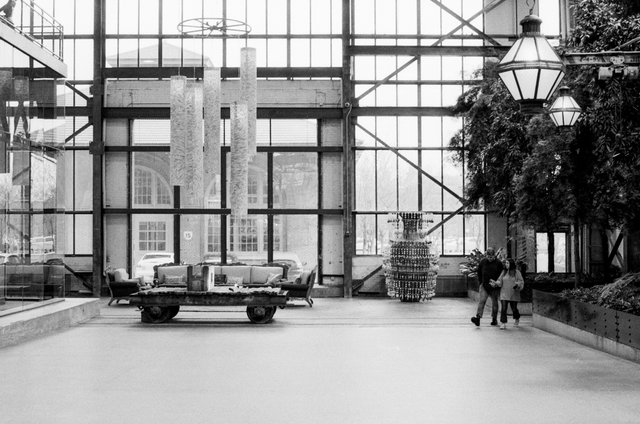

We wandered a bit more, taking pictures of the industrial landscape and reflecting on the eerie nature of the shipyard. I became particularly enamored with the shapes of the heavy machinery and the silhouettes they made against the cloudy sky.
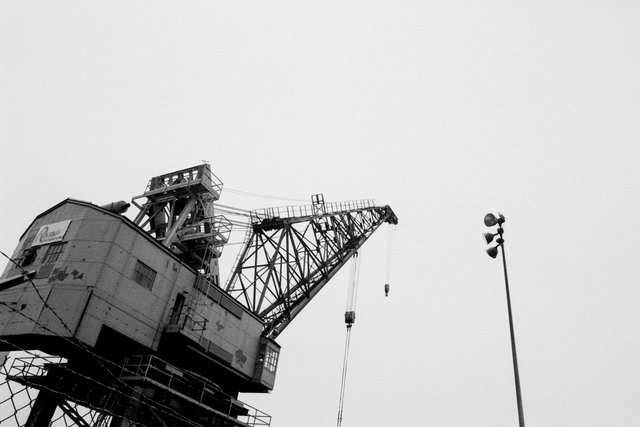
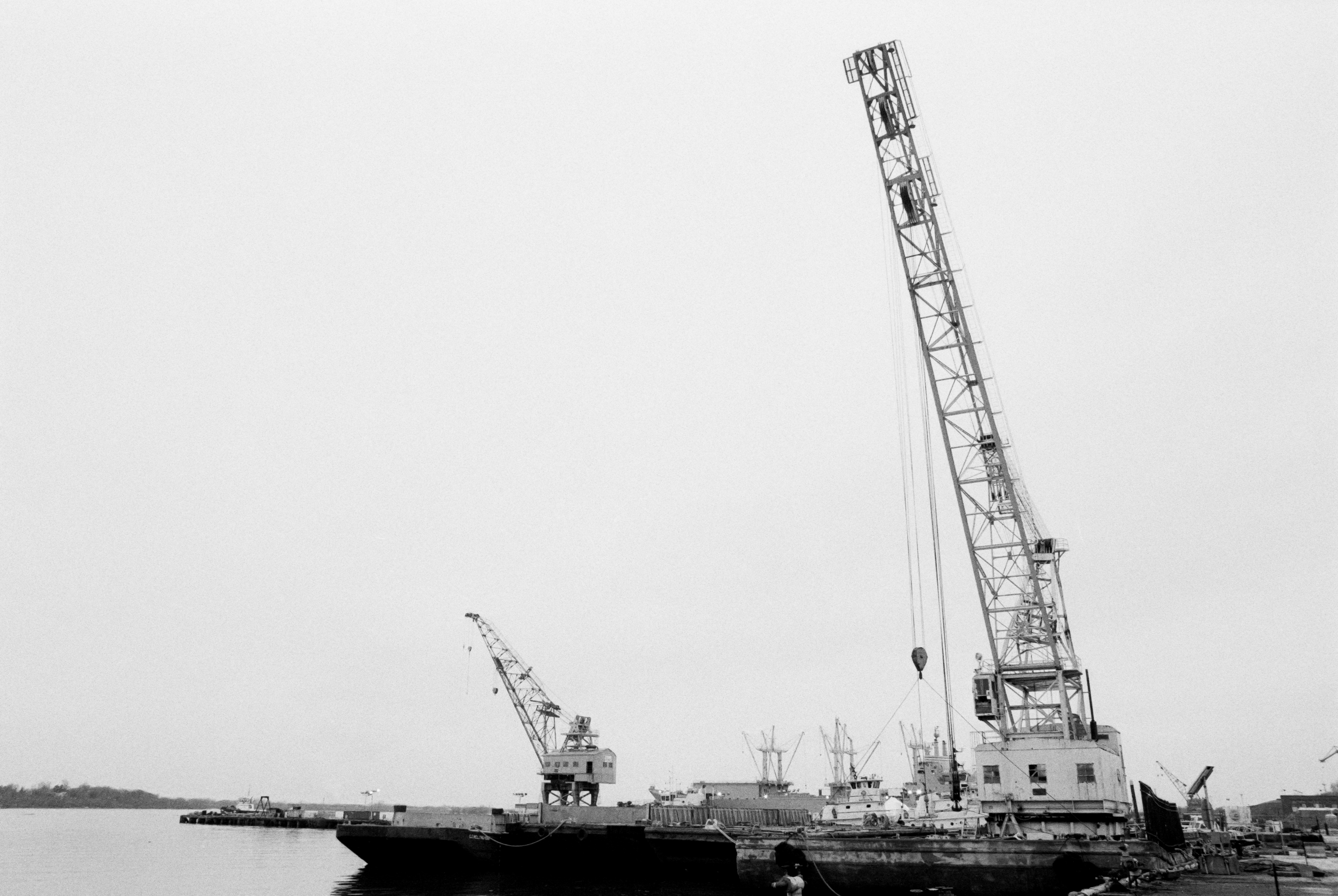
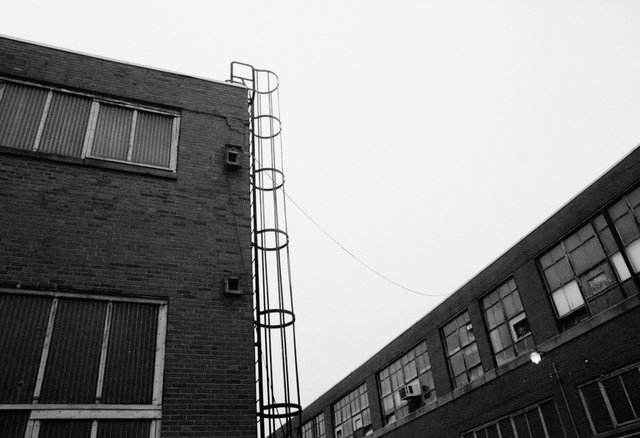
Towards the end of the day, a light drizzle began, and we decided it was time to head home. Unwittingly, we had spent almost 5 hours amongst the confused, crumbling buildings and bright, trendy warehouses that call the Philadelphia Navy Yard home. As development progresses, we will undoubtedly see a new nature and spirit take hold of the place, but for now, it remains caught in an uncertain and transitional state.
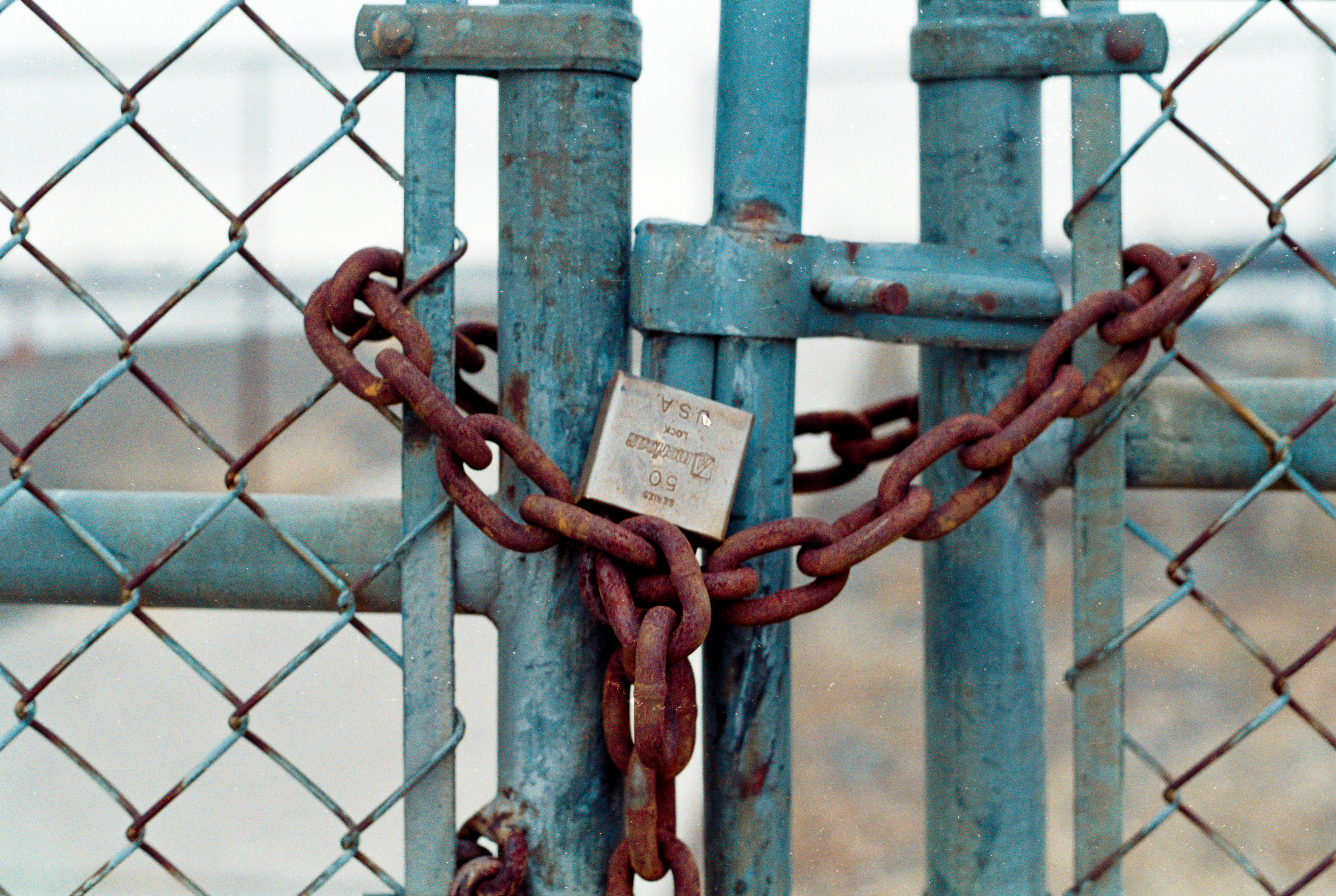
**Color pictures were taken on Kodak Gold 200 film with a Yashica FX-D 35mm camera. Black and white pictures were taken on Ilford HP5+ film with a Yashica FX-D 35mm camera and an Icarex 35 CS 35mm camera. All pictures were developed at home. Information on the history of The Philadelphia Naval Shipyard was gathered from navyyard.org and hiddencityphila.org. If you enjoyed this post, feel free to follow me and check back in for more soon!
I was surprised I didn't see any of 1200 Intrepid. It's a neat building, all those buildings/offices are. They're just underutilized because it is so far from Center City.
https://www.archdaily.com/799118/1200-intrepid-bjarke-ingels-group
Excellent work and storytelling Ian <3
You got a 4.80% upvote from @ipromote courtesy of @walnut1!
If you believe this post is spam or abuse, please report it to our Discord #abuse channel.
If you want to support our Curation Digest or our Spam & Abuse prevention efforts, please vote @themarkymark as witness.
These shots are stunning, specifically like the one with the guy walking framed between the trees. Super cool :)